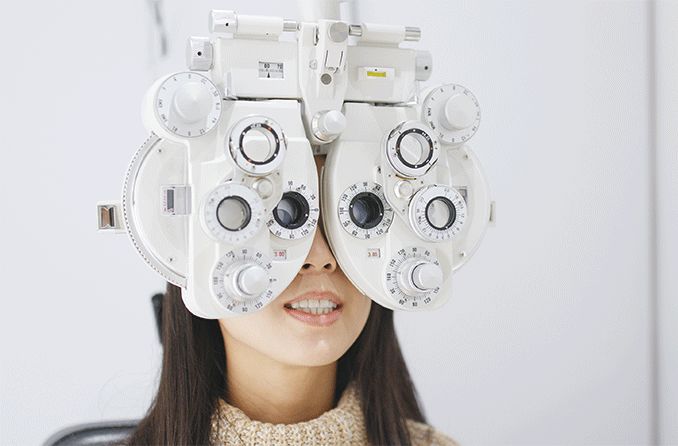Pathologic myopia: What does it mean if myopia is degenerative?

What is pathologic myopia?
Pathologic myopia is characterized by the presence of degenerative damage in the eyes. It is often the result of high myopia but can also occur in eyes that have not progressed to high myopia. Pathologic myopia (formerly myopic degeneration) is less common than high myopia and can lead to blindness.
Myopia (nearsightedness) is a common refractive error that makes faraway objects look blurry. Progressive myopia is nearsightedness that gets worse year after year. High myopia is a severe degree of nearsightedness. It can also lead to serious eye complications and blindness.
Pathologic myopia is not a degree of nearsightedness. It is a form of myopia that is diagnosed if specific types of degenerative damage develop at the back of the eye.
Degenerative means that the damage is progressive and reduces the tissues' ability to function. This is why pathologic myopia used to be called myopic degeneration or degenerative myopia.

